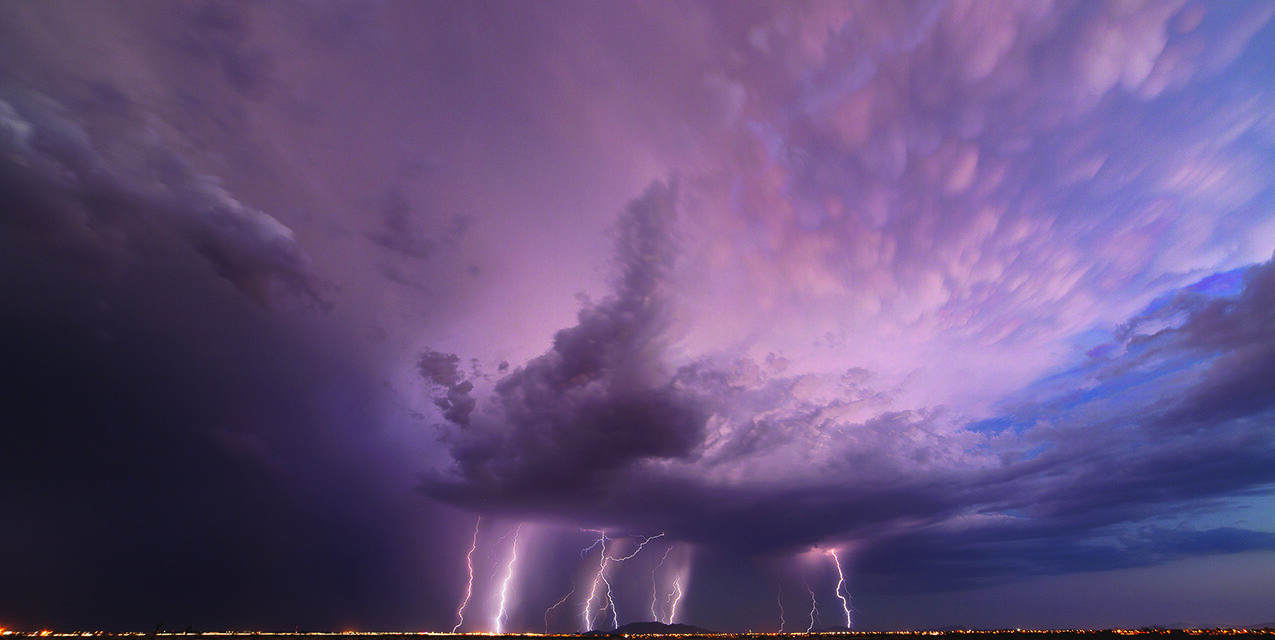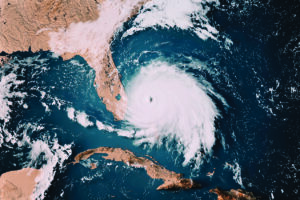The Complicated Dynamic Around Storms and Seasons

storms are not beholden to one time of the year
A novice weather observer might think that storms are only seasonal. However, weather experts explain that storms are not limited to one time of year, even though certain types tend to peak during specific seasons. For example, thunderstorms are common in hot summer weather, but they can happen at any time of year, even in cold weather. Storms like thundersnow, where snow is the main form of precipitation instead of rain, illustrate this.
Although each season can experience notable storms, they can occur at any time, underscoring the need for year-round preparedness. The National Weather Service notes that the most severe weather typically occurs in spring, with fall being the next most active season in some areas. For storms like tornadoes, the season spans both spring and summer.
The National Oceanic and Atmospheric Administration states that the peak tornado season for the southern plains begins in May and extends into early June. On the Gulf Coast, spring arrives earlier. In the northern Plains and upper Midwest, tornado season is in June or July. Again, tornadoes can happen any time of the year and anywhere across the country. The NOAA indicates the official hurricane season for the Atlantic basin runs from June 1 to November 30. However, tropical cyclone activity can occur before and after these dates. Flooding can happen at any time, but the peak period for flash floods in the United States is generally from late spring through summer, according to The Weather Channel.
Did You Know?
 According to the National Aeronautics and Space Administration (NASA), the changing climate across the planet is affecting extreme weather worldwide. NASA states that heat waves affecting the land and the sea, severe floods, droughts lasting years in some cases, extreme wildfires, and hurricane-related flooding are becoming more frequent and intense due to climate change.
According to the National Aeronautics and Space Administration (NASA), the changing climate across the planet is affecting extreme weather worldwide. NASA states that heat waves affecting the land and the sea, severe floods, droughts lasting years in some cases, extreme wildfires, and hurricane-related flooding are becoming more frequent and intense due to climate change.
Warming air and ocean temperatures, caused by increased fossil fuel burning, are affecting the water cycle, changing weather patterns, and melting land ice, all of which exacerbate extreme weather events. NASA warns that the severity will only grow as the planet continues to warm, meaning today’s storms — already devastating for impacted communities — are likely to become even stronger as air and ocean temperatures continue to rise.











